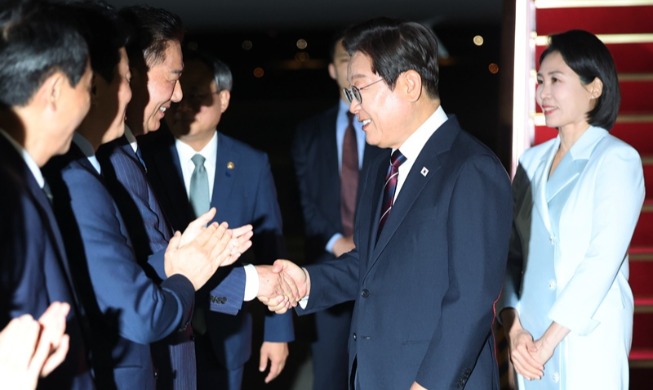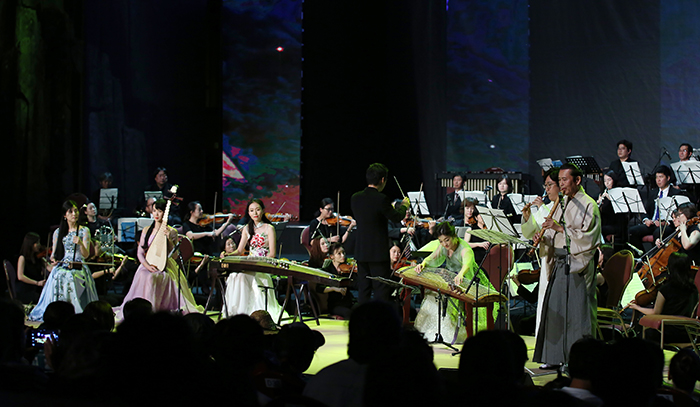
Soloists from Korea, China and Japan perform 'Arirang' on traditional instruments, accompanied by the Jeju Philharmonic Orchestra, during the 2016 Korea-China-Japan Cultural Festival held at the Jeju International Convention Center on Aug. 27.
"We are different, but together as one."
The stage on which the 2016 Korea-China-Japan Cultural Festival came to life on Aug. 27 spotlighted the artistic personalities of the three neighboring countries, their shared history and culture providing a soundboard for the harmony of diverse sounds.
The festival opened at the Jeju International Convention Center on the occasion of the eighth Korea-China-Japan Culture Ministers' Meeting. Minister of Culture, Sports and Tourism Kim Jongdeok, Chinese Vice Minister of Culture Ding Wei and Japanese Commissioner for Cultural Affairs Miyata Ryohei attended the event. It was a full house, with ministry officials from the three countries and Jeju locals filling every seat.
The evening commenced with solo pieces on traditional instruments from the three countries: the 12-stringed gayageum (가야금) and the double-reed wind instrument taepyeongso (태평소) from Korea, the end-blown shakuhachi (尺八) flute from Japan, and the two-stringed erhu (二胡 ), the multi-stringed guzheng (古箏) zither and the fretted pipa (琵琶) lute from China. The solos were followed by a performance of "Arirang" on all the instruments, with accompaniment by the Jeju Philharmonic Orchestra.
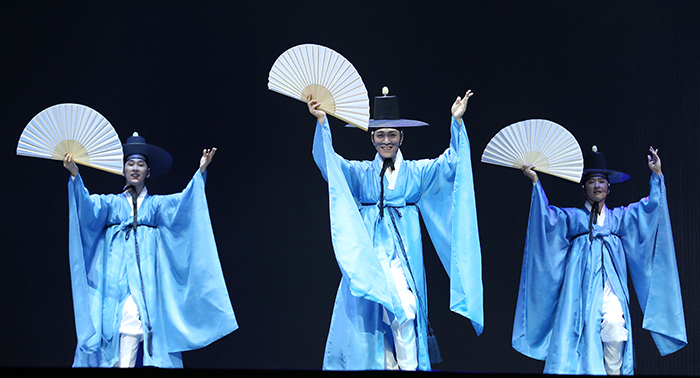
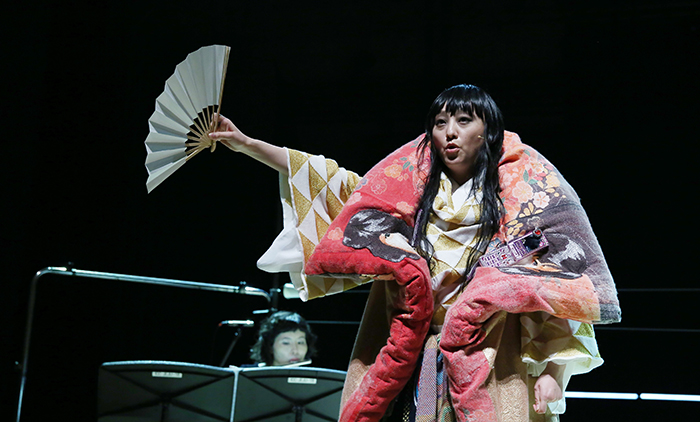
Fans are used as props in the Korean shintaepyeongmu (신태평무) dance by traditional Confucian seonbi scholars (top), a traditional prayer dance for peace, and in a classical Noh (能) Japanese dramatic performance, bringing attention to the similarities between the two forms of art.
From traditional performances to modern ones featuring a dancing robot, the festival drew attention to the many ways in which the three countries are more alike than many people realize.
Fans were used as props in the dance performed by Confucian seonbi scholars (선비춤) put on by the National Dance Company of Korea, just as they also featured in the classical Noh (能) Japanese dramatic performance, and in the Animation Crew's modern-day b-boy dance. They were a motif spanning all three cultures.
Meanwhile, energetic performances like the janggu dance by the National Dance Company of Korea, featuring dancers with waist drums, and acts by the Chinese Oriental Performing Arts Group that combined poetry and dance, provided proof of the shared historical backgrounds across the East Asian neighbors.
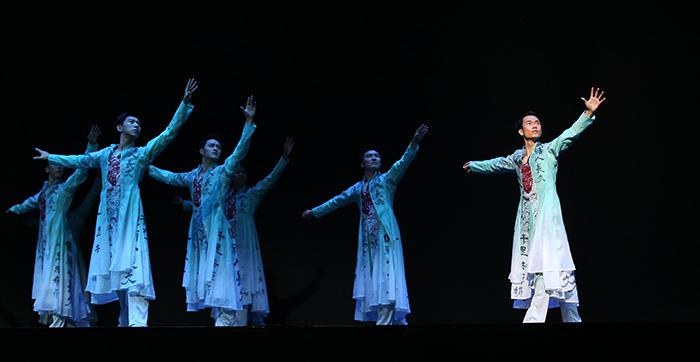
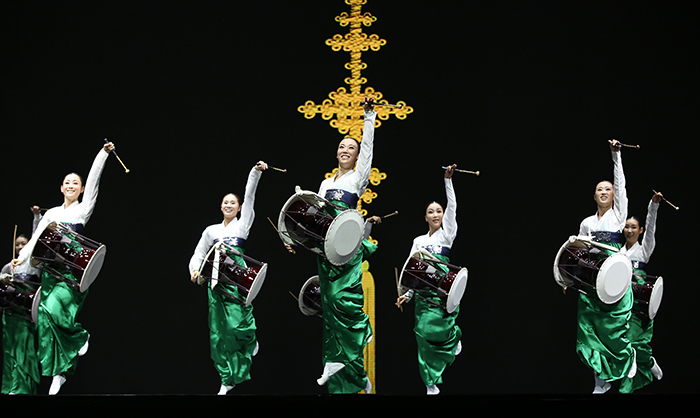
Energetic performances by the Chinese Oriental Performing Arts Group (top) and the National Dance Company of Korea delighted audience members at the 2016 Korea-China-Japan Cultural Festival.
By Jeon Han, Lee Hana
Photos: Jeon Han
Korea.net Staff Writers
hanjeon@korea.kr
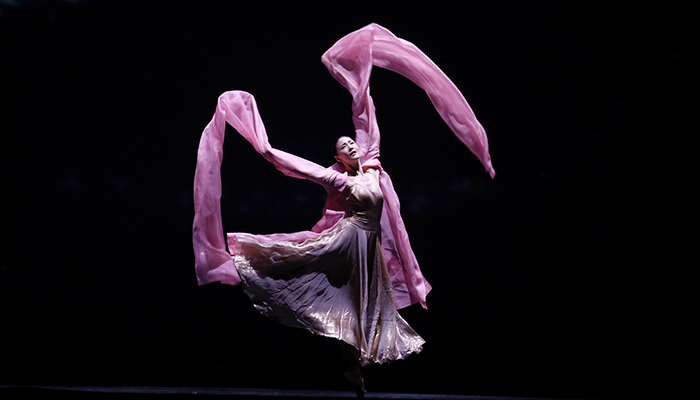
Ballerina Kim Joowon leaps forth in a splash of magenta during 'Encounter with the Wind,' the opening performance at the 2016 Korea-China-Japan Cultural Festival held on Aug. 27.
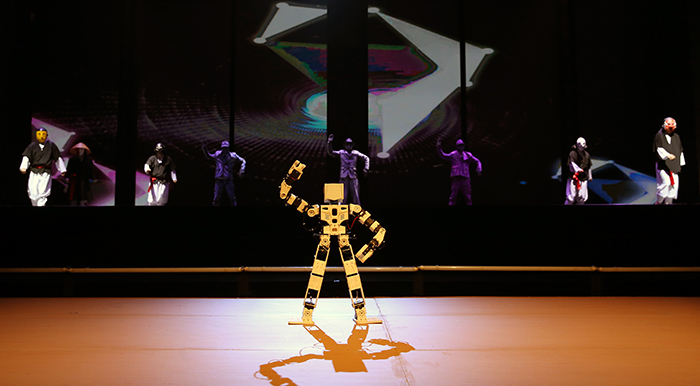
B-boying dance troupe Animation Crew performs a piece that combines elements of the old and the new, with a special performance by a dancing robot.
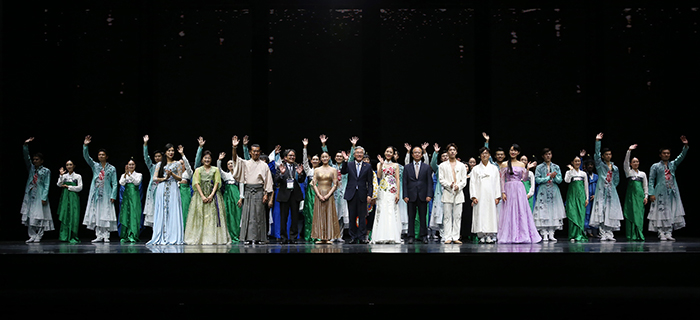
During the curtain call for the 2016 Korea-China-Japan Cultural Festival on Aug. 27, Minister of Culture, Sports and Tourism Kim Jongdeok, Chinese Vice Minister of Culture Ding Wei and Japanese Commissioner for Cultural Affairs Miyata Ryohei get up on stage to congratulate the performers and to bid farewell to the audience.
Most popular
- Military discharge sets stage for reunion of all 7 BTS members
- 'We are back!' BTS Festa heralds hyped return of K-pop phenom
- K-pop streaming on Spotify skyrockets 470-fold in 10 years
- Presidents Lee, Trump discuss tariff deal in first phone talks
- President Lee leaves for G7 Summit in Canada on first int'l trip
